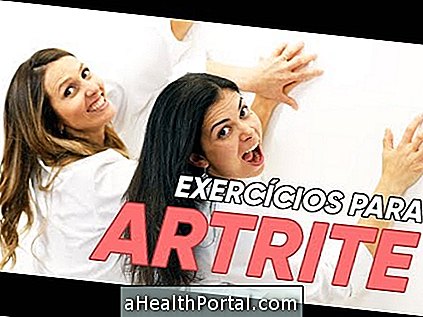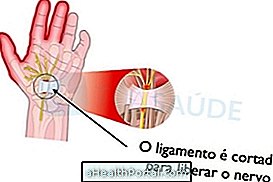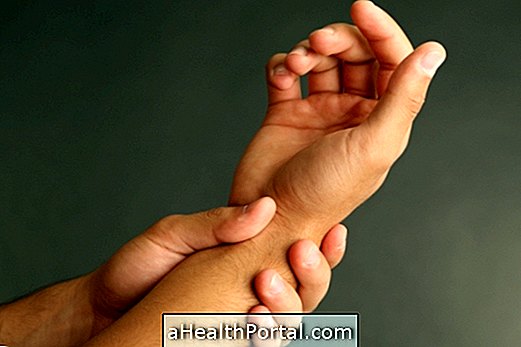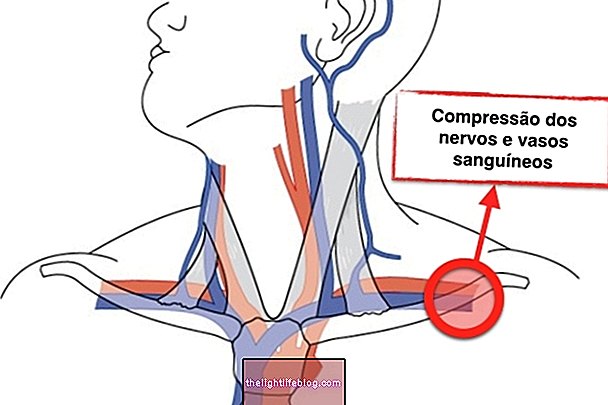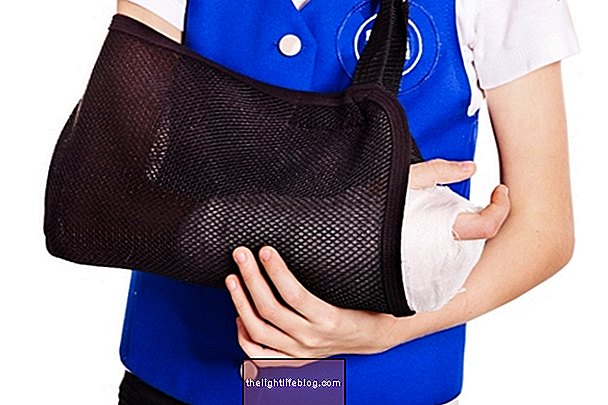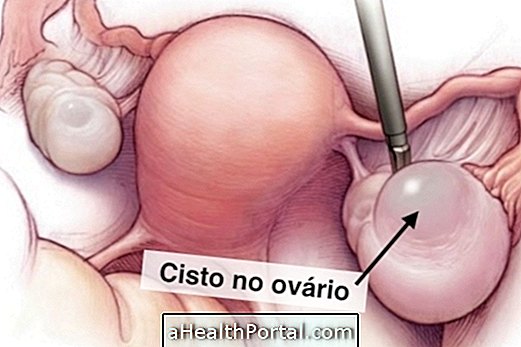Traumatic dislocation of the hip is not very common, but it is a serious situation that requires urgent medical attention because it causes intense pain and makes movement impossible. It is not recommended to try to put the leg back in place and the sooner the person is seen by a health professional, the better.
Dislocation can happen when a person falls during a football game, gets hit or suffers an automobile accident, for example. The most common dislocation is when the head of the femur moves backwards, which can have as complications fracture of the acetabulum, the head of the femur and compression of the sciatic nerve.
If you want to know about congenital hip dislocation read here.
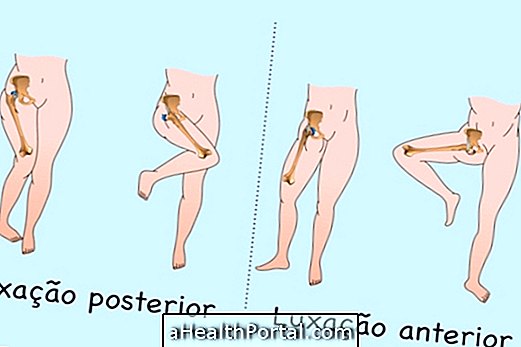
Symptoms of hip dislocation
The main symptoms of a hip dislocation are:
- Intense hip pain that prevents the person from making any movement with the leg;
- One leg may be shorter than the other, with the knee and foot facing in or out.
In case of suspicion one should call an ambulance by calling SAMU 192 or the fire department calling 190 if there is an incarceration. The person should be transported lying on a stretcher because he can not support the weight on his leg and can not sit still.
While the ambulance does not arrive, if possible, an ice pack can be placed directly on the hip so that the cold can anesthetize the place, reducing the pain.
Here's what to do when a hip dislocation happens.
Treatment for hip dislocation
The treatment is usually done with surgery for repositioning the leg bone in the hip bone socket because this is a change with cause so much pain that it is inadvisable to try to perform the procedure with the person awake.
The procedure for fitting the leg bone to the hip should be done by the orthopedist and the possibility of moving the leg freely for all directions indicates that the socket fit was perfect but it is always important to perform another X-ray or CT scan that may indicate that the bones are properly positioned.
If there is any change as a fragment of bone inside the joint, the doctor can perform an arthroscopy to remove it, being necessary to stay hospitalized for about 1 week in the hospital. In the postoperative period the orthopedist can indicate the use of crutches so that the person does not place the weight of the body directly on this newly operated joint so that the tissues can heal as soon as possible.
Physiotherapy for hip dislocation
Physiotherapy is indicated from the first postoperative day and initially consists of movements performed by the physiotherapist himself to maintain leg mobility, avoiding cicatricial adhesions and favor the production of synovial fluid, which is essential for the movement of this joint. Stretching exercises are also indicated as is the contraction of the muscles in isometric form, where there is no need for movement.
When the orthopedist indicates that crutches are no longer necessary, physiotherapy can be intensified taking into account the limitations that the person presents.
